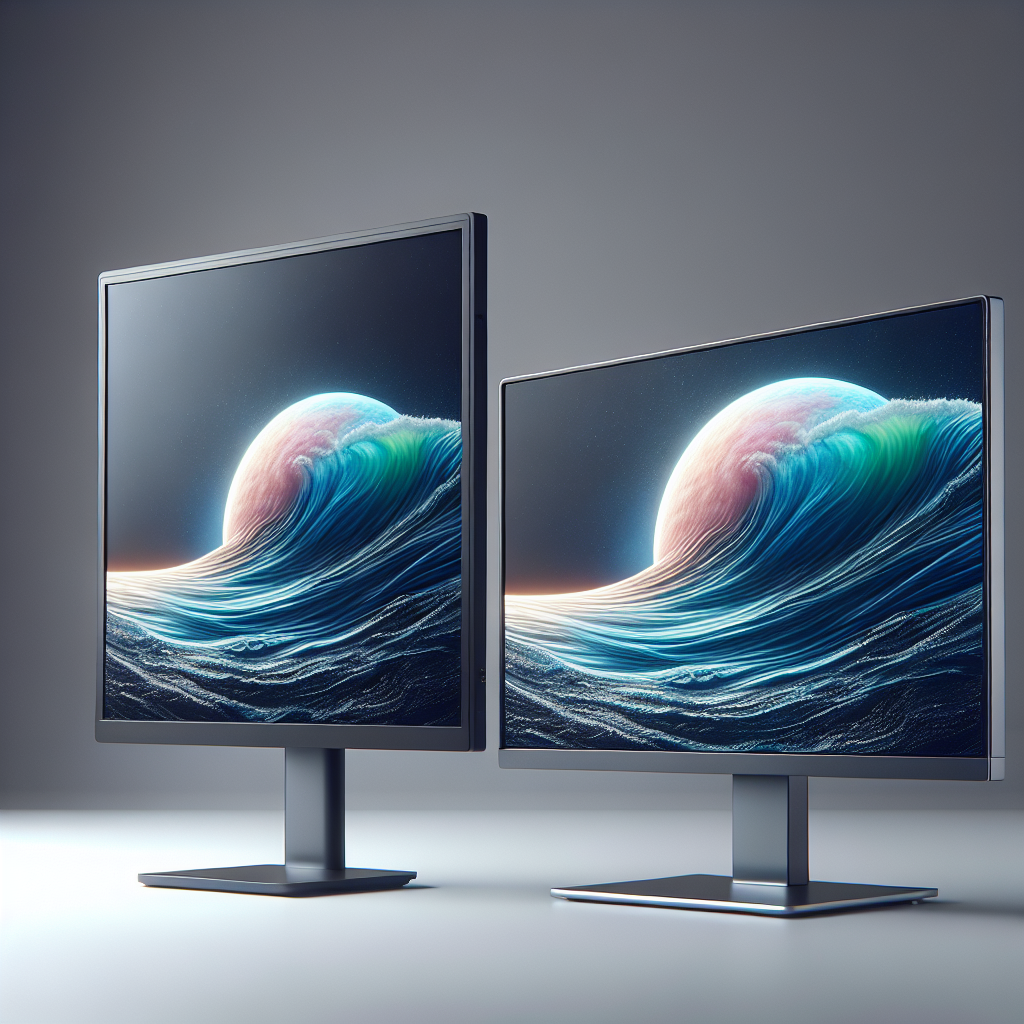How does pixel density affect LCD monitor quality?
The quality of an LCD monitor is influenced by several factors, and one of the most significant is pixel density. Pixel density, measured in Pixels Per Inch (PPI), refers to the number of pixels packed into one inch of the screen. Higher pixel density means more pixels per inch, contributing to sharper images, more detailed content, and an overall enhanced visual experience. Understanding pixel density and its impact on LCD monitor quality is crucial for anyone looking to choose the best display for their needs.
What is Pixel Density?
Pixel density is essentially the measure of how many pixels are found in a single inch of a display. It is typically measured in Pixels Per Inch (PPI).
| Measurement | Definition |
|---|---|
| PPI (Pixels Per Inch) | The number of individual pixels displayed within one inch of the screen |
For instance, a monitor with a higher PPI will have more pixels within a given area, which results in finer details and a sharper image.
How Pixel Density Affects Image Quality
1. Sharpness and Clarity: Higher pixel density means that individual pixels are smaller and closer together. This results in sharper images and text because the pixels blend together more seamlessly, producing a smooth picture.
2. Detail and Realism: Monitors with higher PPI can render more detailed images. This is especially important for professionals in graphic design, video editing, and gaming, where high detail and realism are crucial.
3. Text Readability: Reading on a high PPI monitor is easier on the eyes. Text appears crisp and well-defined, reducing eye strain over long periods of usage.
Comparative Example
Let’s take a comparative example to understand the impact of pixel density:
| Monitor Type | Resolution | Size | Pixel Density (PPI) |
|---|---|---|---|
| Monitor A | 1920×1080 | 24 inches | 92 PPI |
| Monitor B | 2560×1440 | 24 inches | 122 PPI |
In this example, Monitor B has a higher pixel density compared to Monitor A. As a result, Monitor B will display sharper images and text, providing a better visual experience despite both monitors being the same size.
The Role of Screen Size
While pixel density is crucial, the size of the screen also plays a significant role.
Large Screens: Larger screens with high resolutions need higher PPI to maintain image quality. Lower PPI on a large screen can lead to pixelation, where individual pixels become visible.
Ideal Screen Sizes: For a typical desktop monitor size (around 24-27 inches), a pixel density of around 100-150 PPI is ideal for most users.
Benefits of High Pixel Density
High pixel density offers numerous benefits:
- Enhanced sharpness and clarity for better visual experience.
- Improved detail in images and videos.
- Better readability of text, reducing eye strain.
- Greater accuracy and precision for design and editing tasks.
Choosing the Right Pixel Density
When choosing a monitor, consider the following factors:
1. Purpose: Determine the primary use of the monitor. High PPI is beneficial for gaming, design, and professional work, whereas standard use may not require extremely high pixel density.
2. Budget: Higher PPI monitors are generally more expensive. Balance your needs with your budget.
3. Screen Size vs. Resolution: A high-resolution monitor on a smaller screen will have a higher PPI. Conversely, a large screen with the same resolution will have a lower PPI, potentially impacting image quality.
Key Takeaway
Pixel density significantly affects the quality of LCD monitors by enhancing sharpness, clarity, and detail. Understanding the balance between screen size, resolution, and pixel density can help you choose the perfect monitor for your specific needs, ensuring a superior visual experience.

